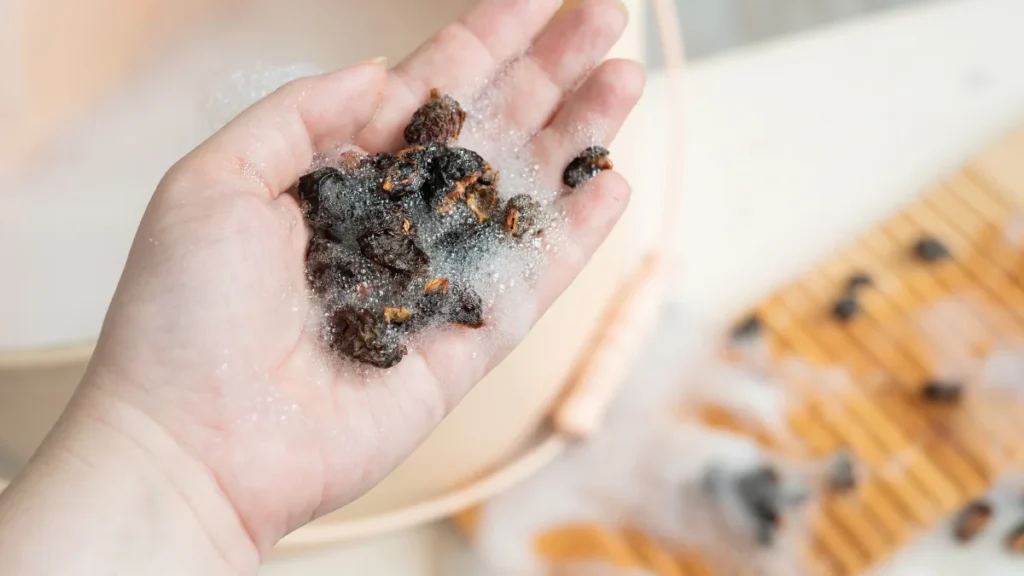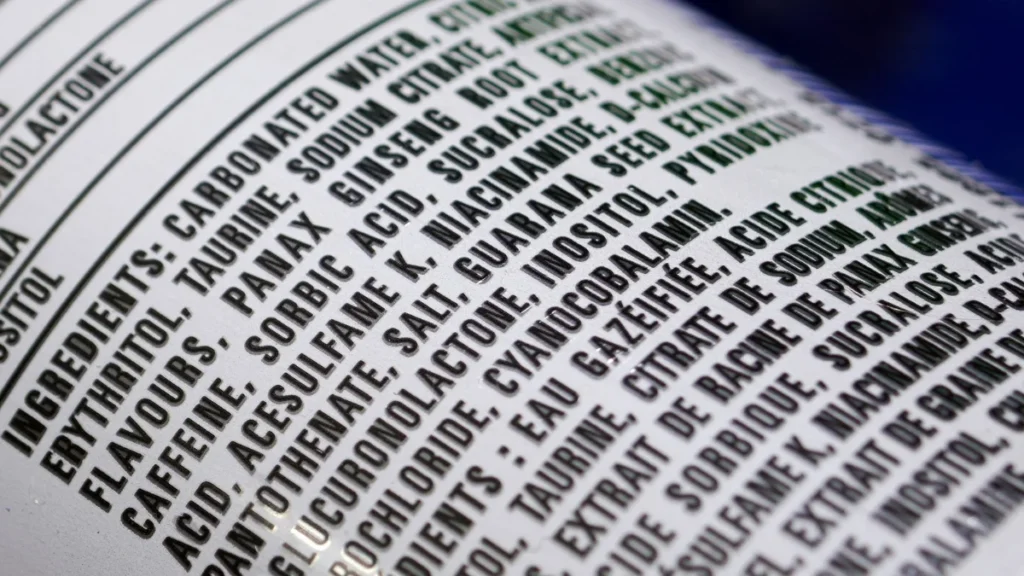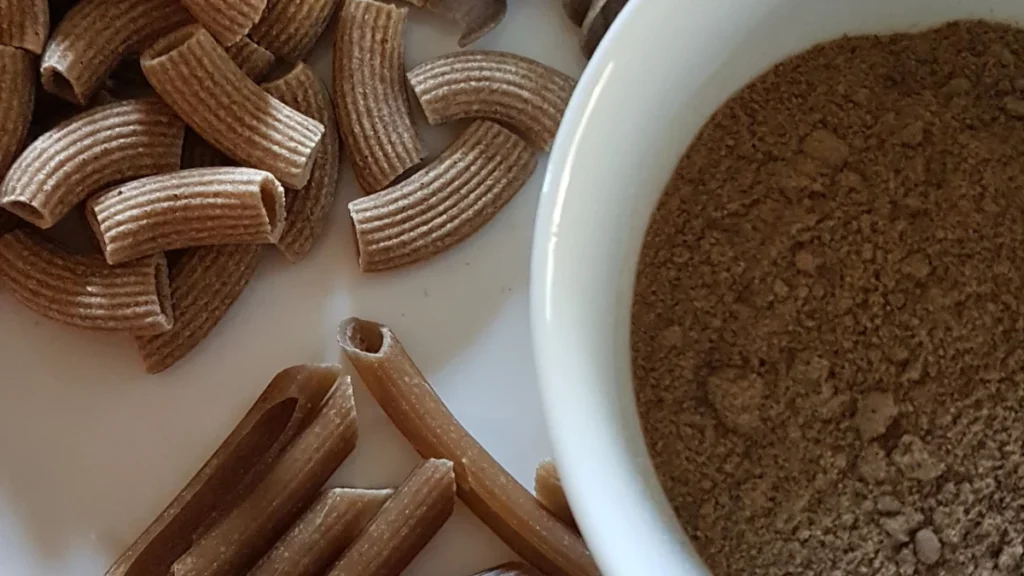What is insect flour and its status in Islam?

Insect flour is a food product obtained by drying and grinding different species of edible insects. Among the most commonly used for this purpose are crickets, ants, mealworms (commonly known as bug flour), beetle larvae, grasshoppers, and other arthropods.
The production process generally involves the following steps:
- Controlled breeding of insects in specialized farms
- Intestinal purging (fasting) of the insects before processing
- Slaughter by freezing or exposure to high temperatures
- Drying or dehydration to remove moisture
- Grinding until a fine powder is obtained
- In some cases, additional treatments to improve preservation
The final product is a dark brown powder with a slight nutty aroma, which can be incorporated into various processed foods. Bug flour, especially when made from crickets, is particularly popular according to food authorities due to its mild flavor and high nutritional value.
Islamic perspective on consuming insects
In Islam, the classification of food as Halal (permitted) or Haram (prohibited) is fundamental for Muslims. In general terms, most insects are considered Haram (prohibited) for consumption according to predominant interpretations of Islamic law. However, there are exceptions and differences of opinion among Islamic schools of jurisprudence:
- The Hanafi school considers all insects to be Haram.
- The Maliki, Shafi’i, and Hanbali schools allow the consumption of certain specific insects, such as locusts.
- Some contemporary religious authorities are currently evaluating the status of new food products derived from insects.
How to identify insect flour in food products

In markets where labels aren’t always transparent, identifying the presence of bug flour is essential for informed consumption.
Label reading tips
Specific terms to look for:
- “Insect flour”
- “Cricket powder”
- “Insect protein”
- “Acheta domesticus” (house cricket)
- “Tenebrio molitor” (mealworm)
- “Larvae flour”
- “Entomological protein”
Placement in the ingredient list:

Unlike wheat flour, often listed first due to quantity, insect flour usually appears toward the end or is part of a protein blend.
Unlike wheat flour, which typically appears among the first ingredients due to its high proportion in many products, insect flour is generally present in smaller quantities and may appear toward the end of the ingredient list or as part of a “protein blend” or “protein complex”.
Differences between wheat flour and insect flour
| Feature | Wheat Flour | Insect Flour |
|---|---|---|
| Common labeling | “Wheat flour”, “White flour”, “Whole wheat flour” | “Cricket powder”, “Insect protein”, “Entomological flour” |
| Appearance | White or cream-colored | Dark brown or grayish |
| Typical position in list | At the beginning of the ingredient list | Toward the middle or end of the list |
| Allergen declaration | Labeled as “Contains gluten” | May be labeled as “May contain crustaceans” (related to insects) |
Products where insect flour is commonly found
Insect flour is gaining popularity in certain sectors of the food market, especially in products aimed at sports nutrition and sustainable alternatives.

Processed foods with higher probability:
- Protein bars: Especially those marketed for high protein content and low environmental impact.
- Sports supplements: Protein powders and muscle mass enhancers.
- “Alternative” breads and pastas: Products highlighting their nutritional benefits and sustainability.
- Healthy snacks: Chips, cookies, and other new-generation snacks.
- Vegan and vegetarian products: Even if it sounds contradictory, some items labeled as “plant-based” may contain insect proteins like cricket flour or bug flour.
New trends in the food industry
The incorporation of insect flour in food products is increasing due to several factors:
- Greater awareness about food sustainability
- Search for alternative protein sources
- More permissive regulations in various regions
- Innovation in the food industry
Health risks and considerations
In addition to religious considerations, there are other important factors to consider when evaluating insect flour as a food ingredient.
Possible health issues
- Bacterial contamination: As with any animal-derived product, insect flour can become contaminated during processing.
- Presence of parasites: If not subjected to proper heat treatments.
- Pesticide residues: Depending on how the insects were raised.
Allergies related to insect consumption
People allergic to shellfish and crustaceans may experience cross-reactions when consuming insect flour. This is because insects and crustaceans belong to the same phylum (arthropods). Allergic symptoms may include:
- Itching and redness of the skin
- Swelling of lips, tongue, or throat
- Difficulty breathing
- Gastrointestinal issues
Tools to identify Halal products

For Muslims who want to ensure their food complies with Islamic dietary requirements, there are several tools available.
Mobile applications and tech resources
Among the many available apps, TagHalal is a particularly useful tool. This app allows users to:
- Scan barcodes to check ingredients
- Search a database of categorized products
- Receive alerts about potentially Haram ingredients
- Verify recognized Halal certifications
Certifications and official seals
Searching for recognized Halal certifications is another effective way to ensure that a product meets Islamic requirements:
- Certification seals from well-known Islamic organizations
- Specific logos guaranteeing the absence of Haram ingredients
- Explicit statements of compliance with Halal standards
Conclusion and recommendations

The growing presence of insect flour in the food market poses significant challenges for Muslim consumers. Considering that most insects are regarded as Haram in the prevailing Islamic interpretation, it is essential to be informed and vigilant.
Recommended practices for Muslim consumers:
- Always read labels carefully: Pay special attention to unusual ingredients or scientific names.
- Use verification apps: Tools like TagHalal help simplify the process.
- Look for Halal certifications: Prefer products with recognized and trusted certification.
- Consult religious authorities: In case of doubt, seek guidance from an imam or expert in Islamic jurisprudence.
- Stay informed: Food trends and regulations are constantly evolving.
The importance of food awareness in Islamic practice
Maintaining a Halal diet is not only an act of religious obedience but also a way to develop awareness about what we consume. In a world with increasingly diverse and complex food options, such vigilance is more necessary than ever.

